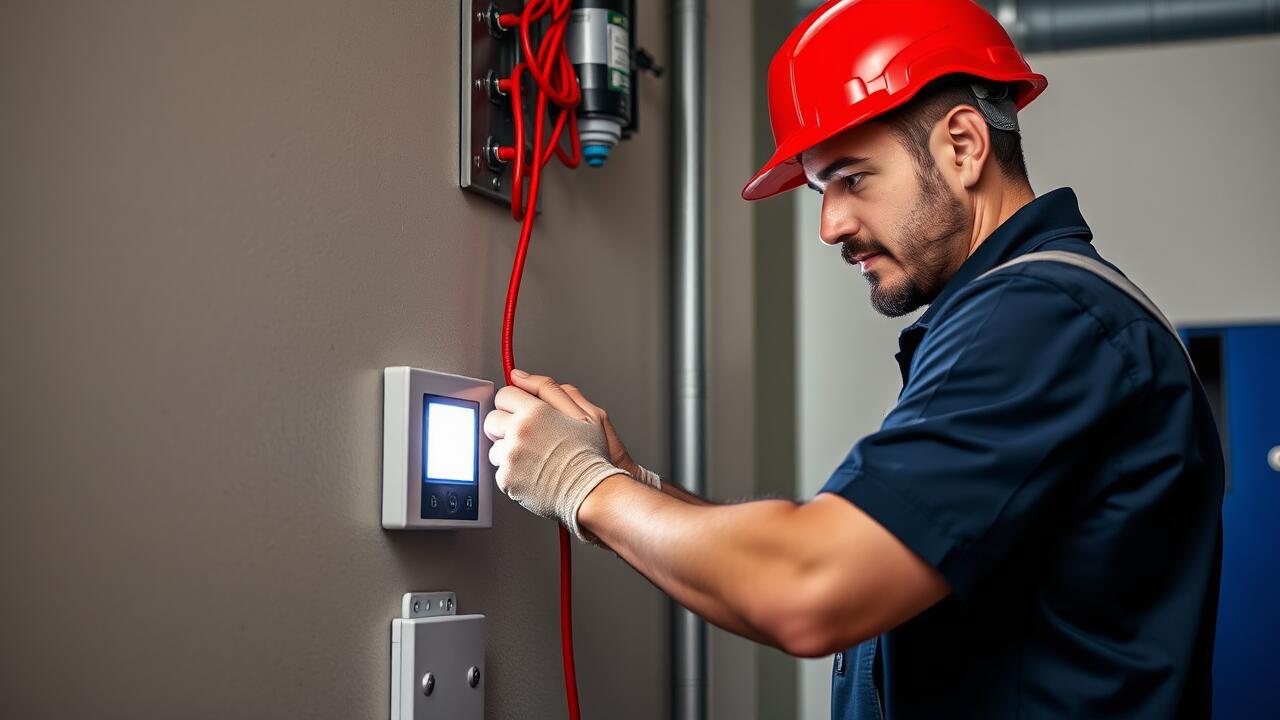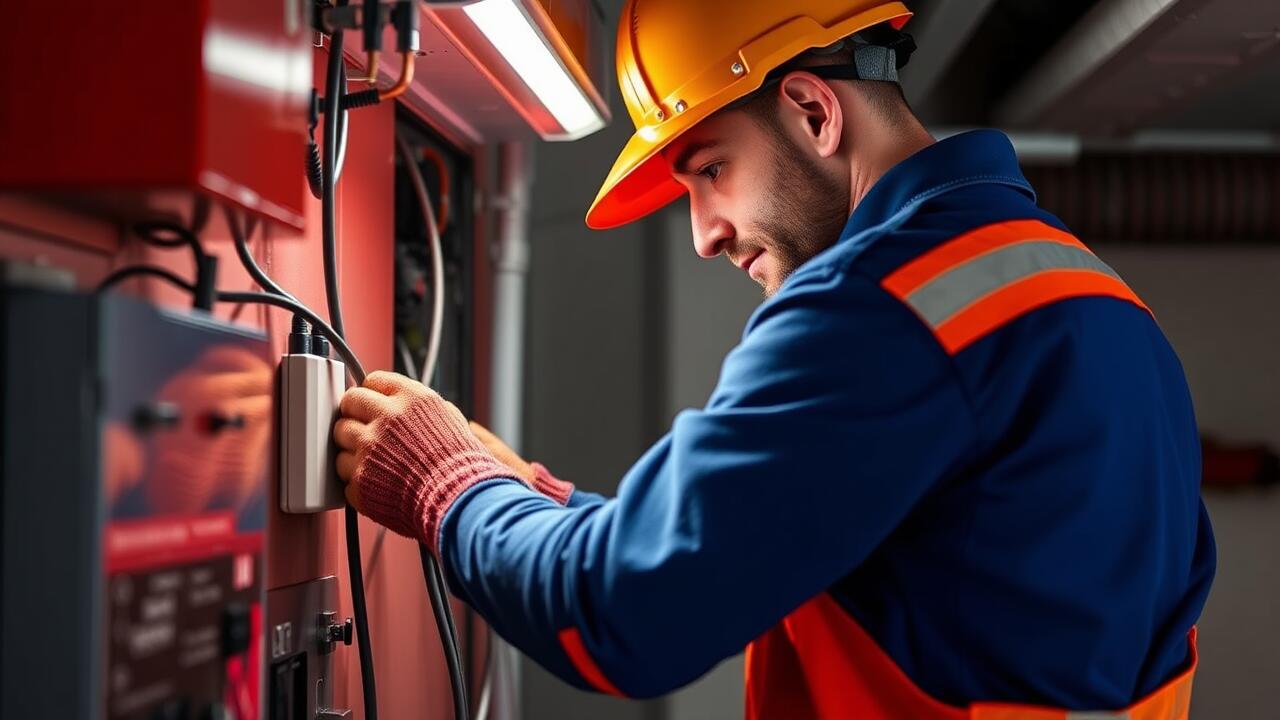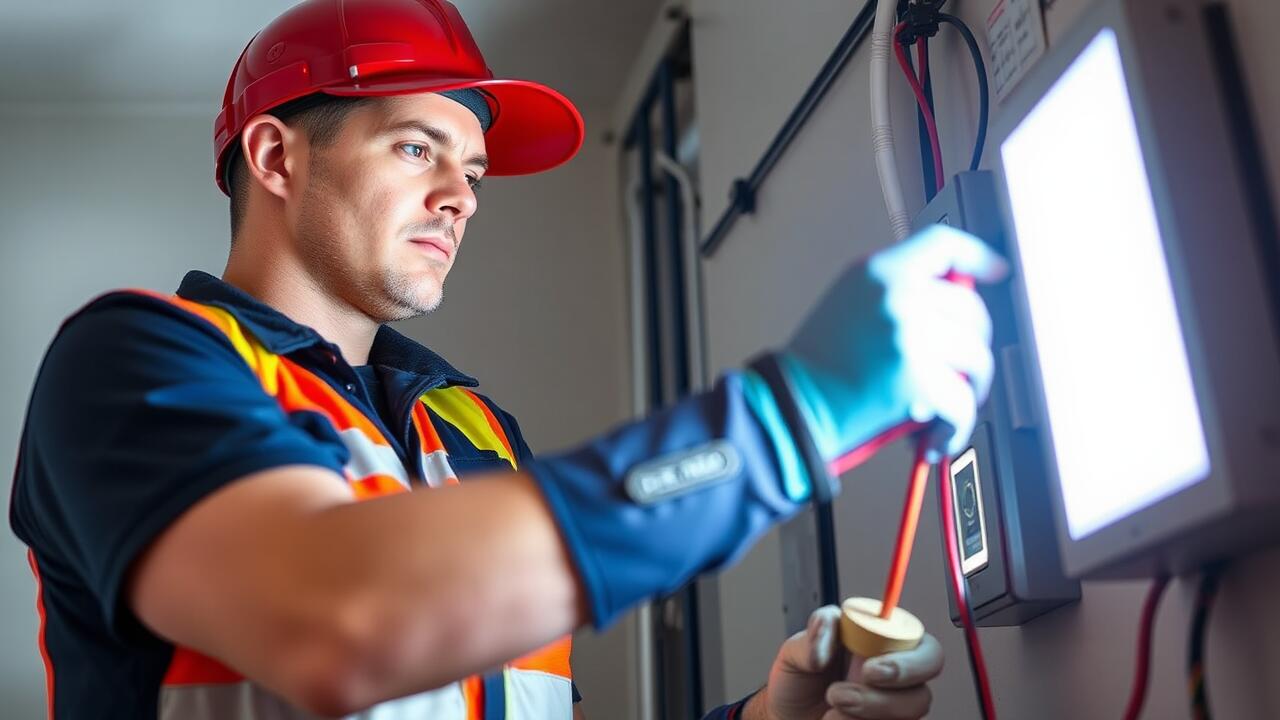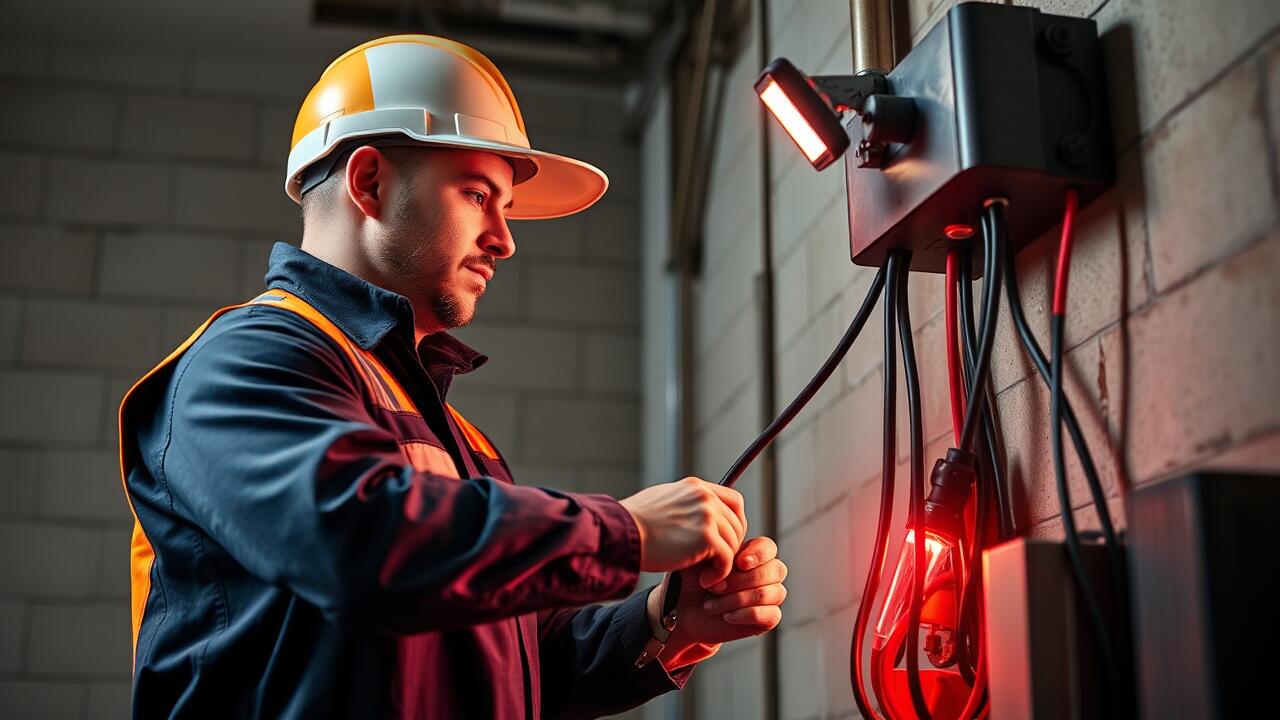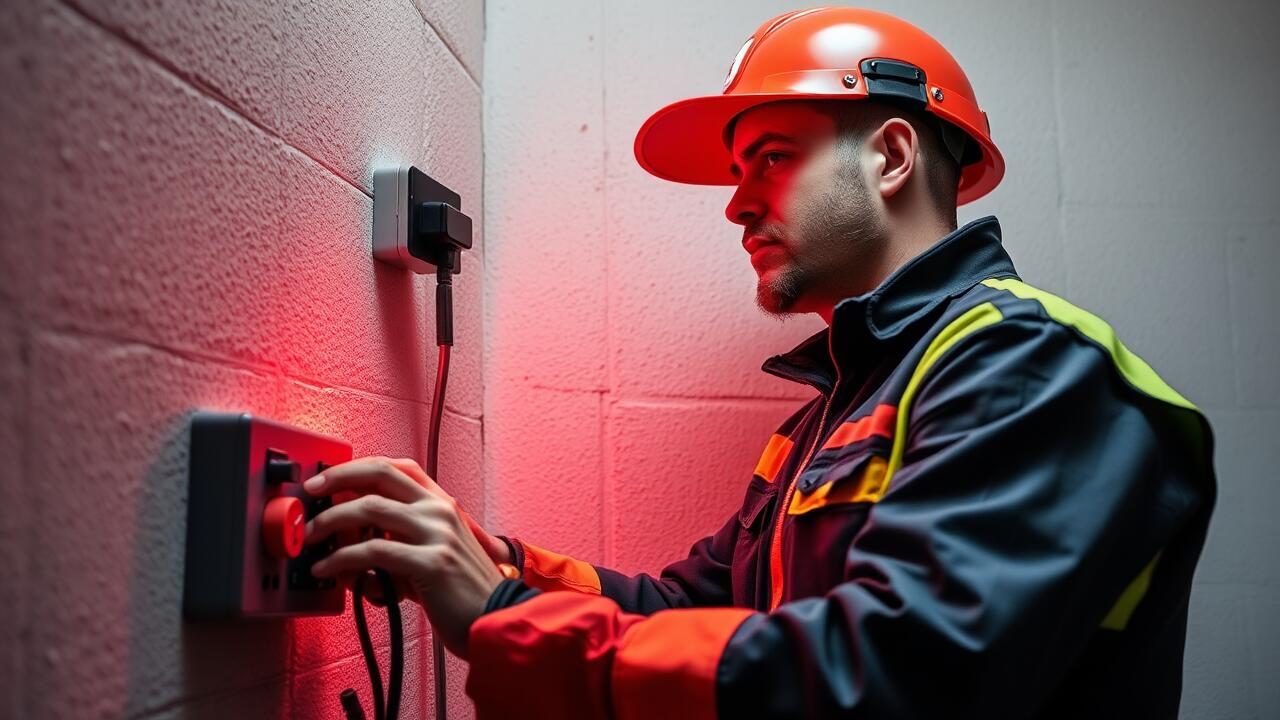
Installation Process Overview
Installing an emergency generator requires careful planning and execution to ensure optimal performance during power outages. The installation process begins with selecting a suitable location for the generator, considering factors such as accessibility, proximity to the electrical service panel, and ventilation needs. This initial step is critical in avoiding potential hazards and facilitating maintenance. After determining the location, it's important to check local codes and regulations pertaining to generator installations. Adhering to these guidelines helps ensure safety and compliance.
Engaging an experienced technician can significantly streamline the installation process. Emergency Electrician Sharpstown, Houston, offers expertise in properly connecting generators to the home’s electrical system. This includes installing transfer switches, which safely direct power from the generator to the circuits that need it most. Proper installation mitigates the risk of backfeeding, which can pose danger to utility workers and damage equipment. Following this detailed overview can enhance the reliability and efficiency of the emergency power system, providing peace of mind when the lights go out.
Step-by-Step Guide to Generator Setup
The first step in setting up your emergency generator involves selecting an appropriate location. Choose a flat area away from windows, doors, and vents to prevent carbon monoxide buildup. Ensure the site is easily accessible for refueling and maintenance. Once the location is determined, a concrete pad or gravel base can provide stability and support for the generator. It is essential to verify that the area complies with local codes and regulations before proceeding with further setup.
Next, connect the generator to your electrical system. This step may require the expertise of an emergency electrician Sharpstown, Houston, to install a transfer switch. A transfer switch safely isolates the generator from the utility grid, preventing backfeed, which can endanger utility workers. Follow the manufacturer’s instructions for wiring and ensure all safety procedures are adhered to during installation. After making the necessary connections, perform a test run to confirm everything operates correctly and safely.
Maintenance Tips for Emergency Generators
Regular maintenance is crucial for the reliable operation of emergency generators. Homeowners should schedule routine checks every six months to ensure that the system is ready when needed. During these inspections, it’s important to check the oil levels, replace filters, and clean the fuel system. Keeping an eye on battery health is also essential, as a weak battery can lead to difficulties during power outages.
In Gulfton, Houston, seeking assistance from a professional emergency electrician can greatly enhance the reliability of your generator. Technicians can identify potential issues that may go unnoticed and perform necessary repairs or adjustments. This proactive approach helps minimize the risk of equipment failure and extends the lifespan of the generator, ensuring peace of mind when the unexpected occurs.
Regular Checks to Ensure Reliability
Regular maintenance checks are crucial for ensuring the reliability of emergency generators. Routine inspections can help identify any potential issues before they turn into failures during critical times. A qualified professional can perform these checks, focusing on essential components such as the fuel system, batteries, and electrical connections. Keeping parts clean and free from debris is also paramount for optimal performance.
Engaging the services of an experienced technician, such as an Emergency Electrician Sharpstown, Houston, can further enhance generator reliability. They can provide insight into the specific needs of your system and help schedule periodic maintenance effectively. Regular engine run tests are essential, as they simulate real-life usage without the need for an actual power outage. This proactive approach helps in identifying any irregularities that may affect performance when the generator is truly needed.
Common Installation Mistakes
One of the most frequent mistakes made during the installation of emergency generators is improper sizing. Homeowners often choose a generator that does not match their power needs, leading to inadequate performance during outages. A generator that is too small will struggle to power essential appliances, while an oversized unit may consume unnecessary fuel and incur higher installation costs. Consulting with a professional can help ensure the selected generator aligns with the requirements of the household.
Another common error is incorrect placement of the generator. Generators should be situated in locations that allow for proper ventilation, reducing the risk of carbon monoxide buildup. Inadequately ventilated setups can pose serious health hazards. It is crucial to follow guidance from experts, such as an Emergency Electrician Sharpstown, Houston, who can provide installation recommendations that prioritize safety and efficiency. Proper placement, along with secure connections to the home’s electrical system, plays a vital role in the generator's overall performance and safety during emergencies.
How to Avoid Costly Errors
Proper planning is essential to avoid mistakes during the installation of an emergency generator. Assessing the power needs of your home will ensure that you select a unit capable of handling your electrical load. Consulting with experienced professionals can save time and prevent costly errors. Engaging an Emergency Electrician Sharpstown, Houston, will provide insight into the necessary specifications for your generator and help streamline the installation process.
Additionally, safety measures should never be overlooked. Ensuring that all electrical connections are secure and that the generator is installed in a suitable location reduces the risk of malfunction. It is equally important to follow local codes and regulations. Involving an Emergency Electrician Sharpstown, Houston, not only adds a layer of expertise but also ensures compliance with safety standards, significantly minimizing the chances of encountering issues later on.
FAQS
What is the average time required for emergency generator installation?
The average time for emergency generator installation typically ranges from a few hours to a couple of days, depending on the complexity of the installation and the site conditions.
Do I need a permit for installing an emergency generator?
Yes, most local jurisdictions require permits for installing an emergency generator. It is advisable to check with your local building department for specific requirements.
How often should I perform maintenance on my emergency generator?
It is recommended to perform maintenance on your emergency generator at least twice a year, along with regular checks during its operation, to ensure reliability and longevity.
What are the most common mistakes made during emergency generator installation?
Common mistakes include improper sizing of the generator, inadequate placement away from ventilation areas, and neglecting to follow electrical codes. Ensuring proper planning can help avoid these issues.
Can I install an emergency generator myself?
While some homeowners may attempt a DIY installation, it is highly recommended to hire a professional for safety and compliance with local codes and regulations.
